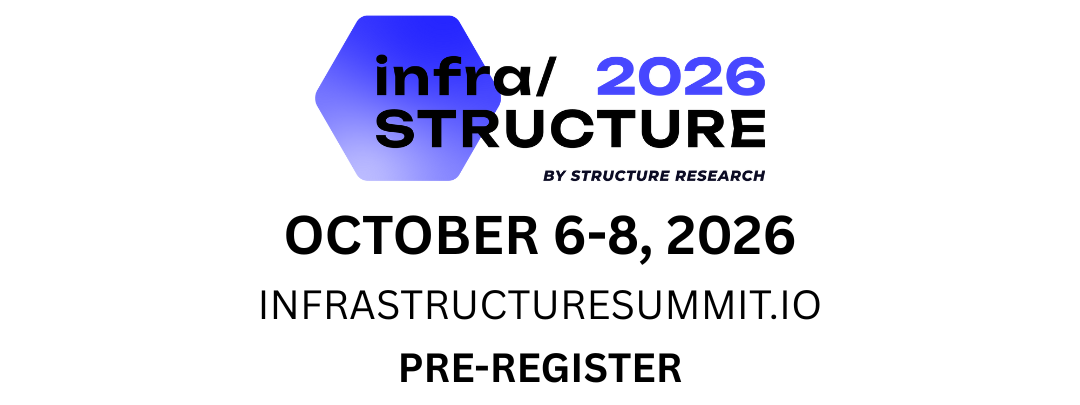WSS: Market separation continues and opens up gaps for new platforms to target market inefficiencies
The sector continues to see transformation in the competitive landscape as business models shift to accommodate escalating and evolving hyperscale infrastructure requirements. Data centre colocation used to be easily split between the retail and wholesale models, but there is much more separation in the market now. In the last few years, the master-planned model, focused on the pre-development phase of data centre development, has taken hold. Names like Quantum Loophole, Tract (Fleet Data Centers) and others are acquiring land and assembling energy, water, connectivity and the various permits required before any development can take place and marketing it to other hyperscale/wholesale operators or directly to hyperscalers. Others like PowerHouse Data Centers, TA Digital Group and Provident Data Centers are playing here as well and bringing to market the flexibility to also stand up powered shells or get more deeply involved in building facilities. The operators focused on pre-development are also open to partnership and JVs and there is increasing overlap between operating entities. PowerHouse and Provident have teamed up for a major project in the Dallas-Forth Worth area and we have some details, and PowerHouse also has a partnership with CyrusOne. Meanwhile, TA is pushing forward with its development in Leesburg, Virginia, serving a hyperscale tenant directly.
Another shift in the data centre competitive landscape is around geographic focus. The likes of TA are building in major markets where there is a need for large-scale capacity in a reasonable time frame amid intensifying resource constraints and limited inventory, while Provident has its maiden project in a major market, but is looking into the next tier for future opportunities. The emerging edge-hyperscale segment also sees different geographic strategies. Playing in the 5-25MW (roughly speaking) range has emerged as a bit of a market inefficiency and can translate into opportunities, while some new entrants like Metrobloks, which just acquired a site in Miami and raised capital for the European market, is looking into the second tier and targeting the edge-hyperscale segment as well. The market will continue to see operators and investment platforms look for openings as the competition for hyperscale AZs and training models continues to be tight. The ‘middle’ of the market, and the need to support inferencing is driving these new underserved demographics and requirements.
Another theme that came up in the last week is overflow capacity. CoreWeave has arguably become a bit of an overflow option for Microsoft and there is reporting that it may soon be supporting Google as well for similar reasons. The situation reflects the ongoing imbalance between supply and demand when it comes to AI. We also take another look at what is happening with Microsoft and its hyperscale procurement. There is more reporting that Microsoft has pulled back from additional data centre infrastructure commitments, which continues to fuel fears that Microsoft, or even the wider sector, is closer to an overbuild situation. We discussed last week why that sentiment is overblown, while looking a bit more closely at another driver behind the ups and downs of hyperscale builds: redesigns based on rapidly shifting requirements. Microsoft’s project in Wisconsin looks to have been paused again and many are debating whether it is because of continued pullbacks due to declining demand, or possibly another (the first pause happened just a few months back) pause to deal with design issues. We argue it is more likely the latter and this is a good snapshot of how many observers are starting to assume the worse any time they see things that are not moving up and to the right.
The ongoing market turmoil is not going to be a great thing for the M&A landscape, but there was some activity of note in the last week. 1547 and Harrison Street continue to acquire connectivity-oriented assets in strategic locations and recently picked up DRFortress in Hawaii. Meanwhile, in France, Eurazeo invested in new operating platform Metrobloks, DAMAC in the UAE acquired Hyperco in Finland and InfraVia’s acquisition of iliad Group’s OpCore data centre platform closed. On the technology side, SoftBank continues to invest in the AI ecosystem and acquired chip maker Ampere, while T5 Data Centers and Pulsant acquired land and facilities.
or



